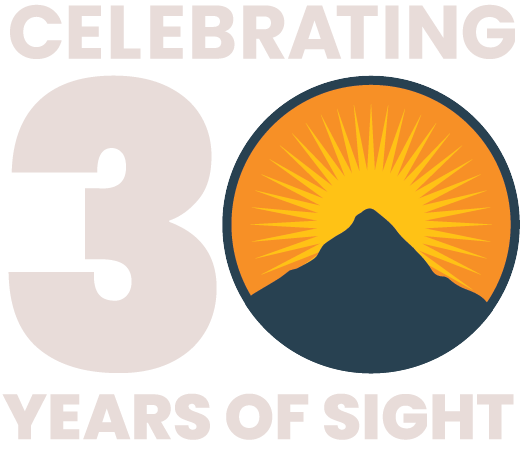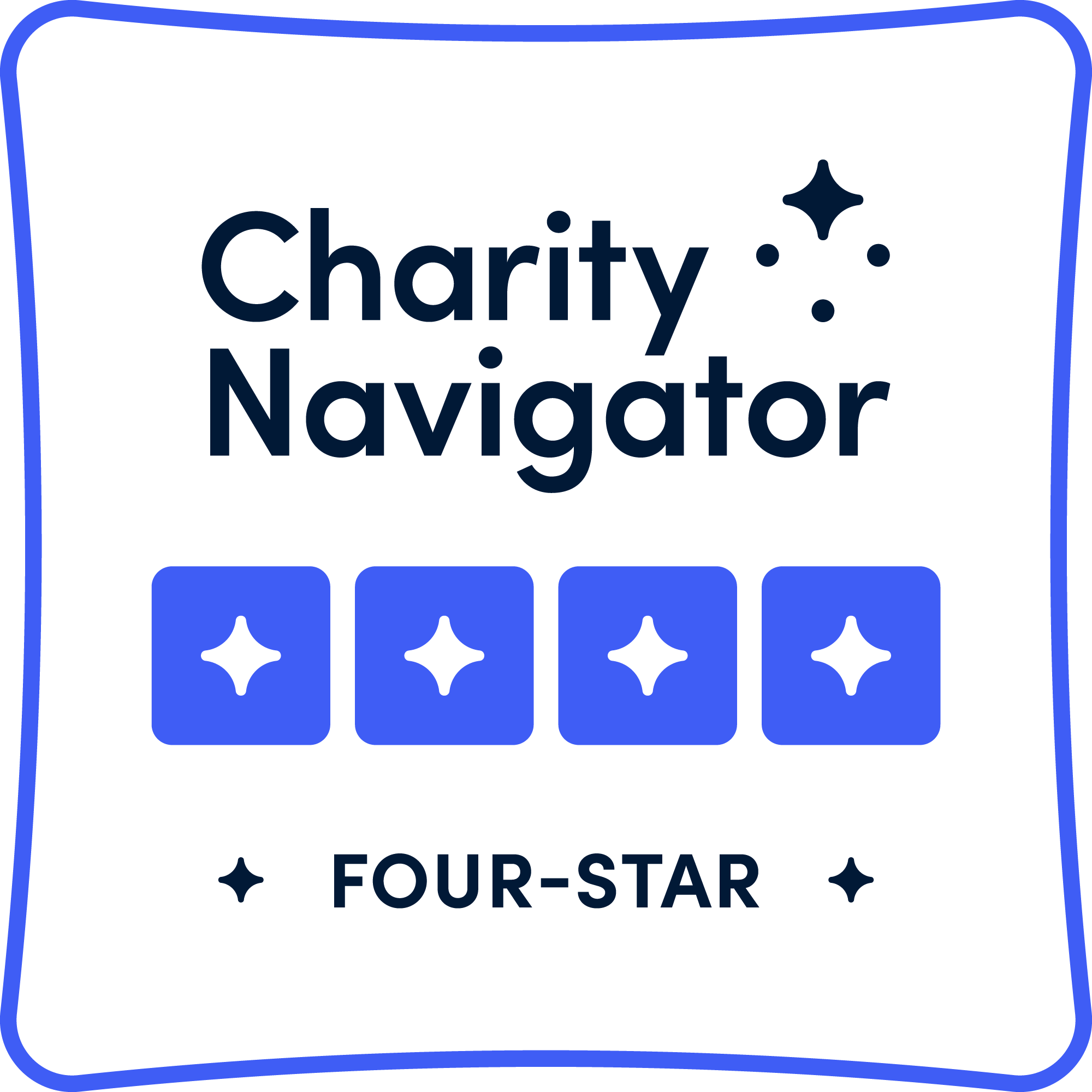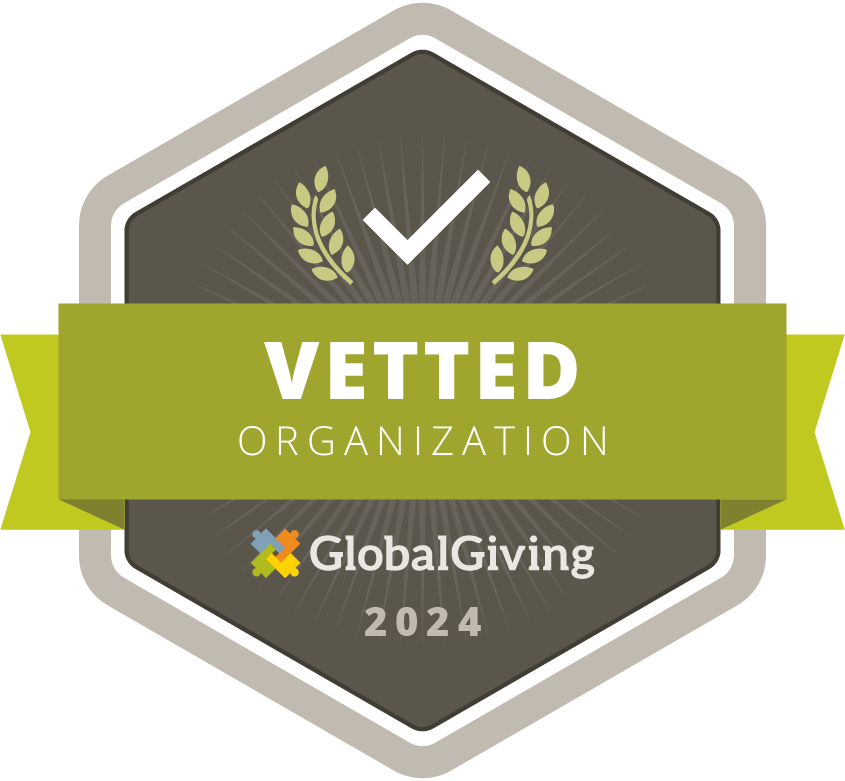Then & Now: Changing the Future of Sight, One Trained Worker at a Time
In our 30th anniversary year, join us as Cure Blindness Project reflects on our past while simultaneously looking towards our future. This monthly feature titled Then & Now will showcase how much we’ve accomplished, always with partners, in our mission to cure avoidable blindness.
Our acquisition of SightLife International in March 2023 resulted in the adoption of their proven model to train community health workers.
A Proven Model: Training Community Health Workers to Save Sight
Following this model, community health workers across India (also known as ASHA-Accredited Social Health Activists) are taught to diagnose and treat eye diseases and refer more serious conditions for advanced care. This meant more people received eye care quicker and closer to home. This initiative represents a well-integrated model of eye care delivery, designed to function efficiently from the community level to tertiary services. At its core is a robust referral chain that ensures patients are systematically guided through each level of care—greatly minimizing the risk of drop-off and ensuring timely diagnosis, treatment, and follow-up across the entire continuum of services.

For less than a dollar, medicated drops administered by an ASHA could heal a corneal abrasion when previously, if left untreated, it would lead to irreversible blindness. Since ASHA training began, the program team estimates the successful treatment of more than 55,000 cases of corneal abrasions. To date, over 150,000 individuals have been screened for various eye conditions by our trained ASHAs. These frontline health workers are now equipped with comprehensive training in eye care, encompassing corneal diseases, cataract, glaucoma, diabetic retinopathy, and refractive errors.
A recent Social Return on Investment (SROI) study by Deloitte underscores the transformative impact of these efforts: in India, every $1 USD invested created $7.30 USD in social value. Read the full study here.
Today, Cure Blindness Project’s primary care team has scaled this prevention model and expanded training of community health workers to Nepal and Ethiopia. The program is focused on developing innovative partnerships with governments, other non-governmental organizations (NGOs) and private companies.

Prevention: Stopping Blindness Before It Starts
“Prevention is the cornerstone of sustainable eye care, and our trained community health workers are on the frontlines of this effort—identifying early signs of vision loss, raising awareness, and ensuring timely referrals,” says Shaifali Sharma, India Country Director and Primary Care Program Leader. “Through the Cure Blindness Prevention Program, we are not only treating conditions—we’re stopping blindness before it starts. This approach is transforming lives, especially in underserved communities where access to eye care is limited.
Prevention is one of the four foundational pillars of the Cure Blindness Project, reflecting the program’s commitment to addressing eye health before irreversible damage occurs. From community awareness and early screenings to risk factor management and timely interventions, the project prioritizes proactive strategies that can halt the progression of avoidable blindness. Program leaders firmly believe that preventive care is not only cost-effective but also life-changing—delivering long-term impact for individuals, families, and communities. By embedding prevention at the heart of its mission, the Cure Blindness Project is building a future where fewer people lose their sight to conditions that are entirely avoidable.







